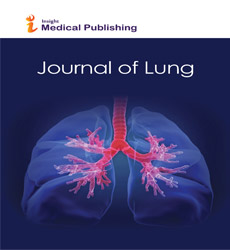Pulmonary fibrosis signaling in man and mouse
Abstract
Pulmonary fibrosis is a chronic, progressive and poorly understood disease that may be idiopathic or associated with systemic sclerosis. While lung fibrosis may be attributable to a variety of causes, it is generally thought that the initiating injury activates repair processes that aim to restore the original tissue architecture, but a failure to finely tune the repair process leads to persistent fibroblast activation. Recent studies employing genome-wide expression profiling indicate that signaling pathways required for normal embryonic development are abnormally up-regulated in end-stage lung fibrosis. These observations raise the possibility that an inability to limit the activation of core developmental pathways during repair may drive the pathological process. My lab is interested in how activation of one particular developmental pathway, the Wnt/β-catenin signaling pathway, contributes to the cellular changes associated with fibrosis. Using the 21-day, bleomycin murine model of fibrosis, we find that the Wnt co-receptor, Lrp5, is necessary for the development of fibrosis. Microarray and cell-targeting approaches suggest that Wntsignaling in the lung parenchyma drives disease progression, through controlling the expression collagen processing enzyme and components that mediate cell/matrix interactions. In collaboration with Naftali Kaminski’s group at the University of Pittsburgh, expression changes in Wnt signaling components in peripheral blood mononuclear cells (PBMCs) from a cohort of patients with idiopathic fibrosis correlate strongly with disease progression, suggesting that the extent of Wnt signaling in PBMCs may serve as a biomarker for outcome.
Open Access Journals
- Aquaculture & Veterinary Science
- Chemistry & Chemical Sciences
- Clinical Sciences
- Engineering
- General Science
- Genetics & Molecular Biology
- Health Care & Nursing
- Immunology & Microbiology
- Materials Science
- Mathematics & Physics
- Medical Sciences
- Neurology & Psychiatry
- Oncology & Cancer Science
- Pharmaceutical Sciences
